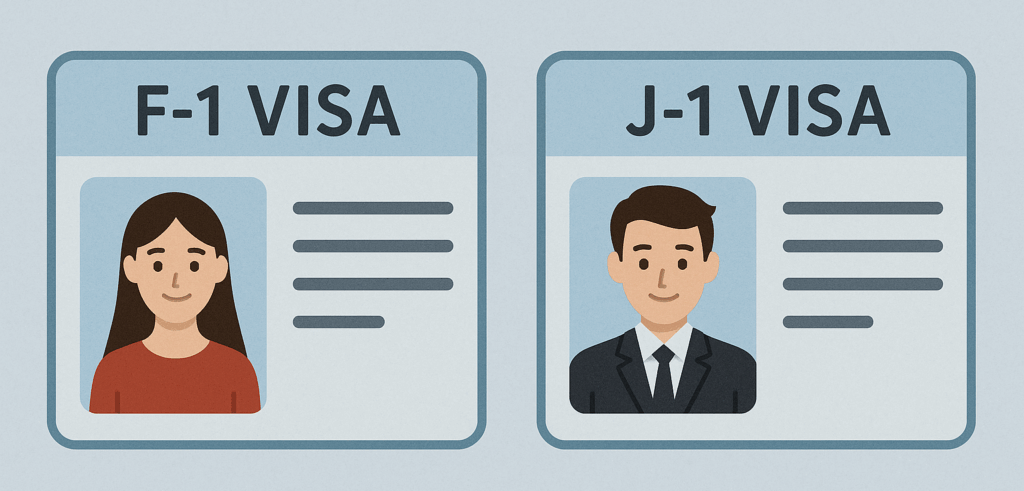Many parents considering early study abroad in the U.S. ask the same question: “When is the best time for my child to go?” The answer depends on your goals, your child’s maturity, and your long-term plan. Whether you’re aiming for Ivy League admissions or simply seeking a holistic global education, the timing is important.
This article explores the pros and cons of starting study abroad at various grade levels from elementary school to high school and helps you determine the best entry point for your child.
Table of Contents

1. What Is “Early” Study Abroad?
In the U.S., high school typically begins in Grade 9. However, “early study abroad” usually refers to international students entering before Grade 11, often in Grades 6–10. The younger the student, the more time they have to adapt to the environment, but they also need greater emotional readiness to handle challenges independently. We have an article of a step by step guide to getting to know early study abroad here.
2. Starting in Elementary School (Grades 4–5)
This option can work well if the student is accompanied by their parents. Some families try to place the child with relatives, but this is not generally recommended unless there is strong support.
Pros:
- Full language immersion from a young age
- Early development of American learning style
- Easier cultural adaptation
- Solid long-term academic foundation
Cons:
- Requires strong emotional independence
- Limited parental involvement if the child is alone
- Risk of losing connection to native language or culture without adequate support
Best for:
Bilingual families or students with strong family support in the U.S.
3. Starting in Middle School (Grades 6–8)
Outcomes can vary depending on the individual student. However, this stage offers a valuable transition into the U.S. school system.
Pros:
- Smooth adaptation to American classroom culture
- More time to build GPA and extracurricular profile
- Strong peer bonding opportunities
- ESL support is more widely available
Cons:
- Still requires a high level of independence
- Parents may feel disconnected from the child’s experience
Best for:
Students aiming for top U.S. high schools or early preparation for Ivy League colleges
4. Starting in High School (Grades 9–10)
If the student is well-prepared, entering at Grade 9 can be the ideal timing. English proficiency is particularly critical. Without a strong command of English, it’s difficult to take full advantage of the opportunities available.
Pros:
- Excellent timing for college preparation
- Enough time to adapt and build a competitive transcript
- Participation in clubs, sports, and summer programs
- Grade 9 is a common entry point for top boarding schools
Cons:
- Less time to recover from low grades or weak English
- Pressure to quickly adapt to academic rigor
Best for:
Students with strong academic habits and a good foundation in English
5. Starting in Grade 11 or Later
This is generally not recommended unless specific conditions are met. However, experiencing U.S. high school life, even briefly, can help with the transition to college and improve cultural understanding.
Possible Scenarios:
- Student plans to return to their home country
- Participation in a short-term exchange program
- Student is exceptionally strong in both English and academics
Challenges:
- Not enough time to build a GPA or teacher relationships
- Limited opportunity to develop a strong college application
- High stress during a critical academic period
6. Comparison Table
| Entry Grade | Adaptation Time | Academic Benefit | College Advantage | Parental Involvement |
| Grades 4–5 | ⭐⭐⭐⭐⭐ | ⭐⭐⭐ | ⭐⭐ | ⭐ |
| Grades 6–8 | ⭐⭐⭐⭐ | ⭐⭐⭐⭐ | ⭐⭐⭐⭐ | ⭐⭐ |
| Grades 9–10 | ⭐⭐⭐ | ⭐⭐⭐⭐ | ⭐⭐⭐⭐ | ⭐⭐⭐ |
| Grade 11+ | ⭐ | ⭐ | ⭐ | ⭐⭐⭐⭐ |
7. How to Decide What’s Best for Your Child?
Ask yourself:
- Is my child emotionally ready to live abroad?
- Can they handle academic challenges independently?
- Do they have basic English communication skills?
- What is our long-term goal—U.S. university, global career, or cultural exposure?
We recommend Grades 6–9 as the ideal range for most families. This range offers the best balance of preparation time, adaptability, and long-term results. However, since each student and family situation is unique, we strongly encourage consulting with an expert before making any decisions.
Final Advice:
There’s no one-size-fits-all answer—but the earlier your child starts, the more time they have to grow academically, socially, and emotionally in the U.S. system. Early adaptation often leads to long-term success—not just in college admissions, but in confidence, communication skills, and cultural competence.
If you’d like personalized guidance on choosing the right entry point, contact us! Our experienced advisors are here to help.



